What is dental bone grafting and when is it needed?
We already know from the article “the insertion of dental implants in minimal bone conditions”, that the amount of bone available at the time of implant insertion greatly affects the durability of the final work. If the jaw bone is not high enough and often the surgeon dentist could propose dental bone grafting.
Bone graftingis a surgical procedure that replaces missing bone with artificial, natural or synthetic bone with the aim of creating a more solid base for placing dental implants.
Dental bone grafting is performed:
- to rebuild bone after tooth extraction;
- after removal of bone cysts or periodontal defects;
- in cases of post-traumatic bone defects, with the loss of teeth;
- correction of bone defects.
What are the most popular methods for bone grafting?
Depending on the type of bone defect created, the doctor can choose from the following types of bone augmentation:
- post-extraction bone addition ,
After the extraction of the tooth, especially of the teeth with several roots (the molars or premolars), the socket remains empty (a hole). This cavity will be filled with artificial bone granules to prevent the bone from shrinking. Usually, at the same time as adding artificial bone, the dental implant is inserted. If the extraction socket is large enough, it is recommended to wait approximately 3-4 months for the bone to heal and then continue with the insertion of the implants. - sinus lifting
On the topic of ” sinus lift ” we have written an entire article where we describe all the particular aspects of this type of bone graft.Click here to read it. What we must specify is that “ sinus lift ” refers ONLY to the upper jaw and ONLY when the need to insert the implants appears. - guided bone regeneration (GBR – Guided Bone Regeneration),
This type of bone augmentation is performed if we have a bone defect in both thickness and height. It involves the use of special (non-resorbable) membranes, in association with artificial bone granules. These membranes, being hard (usually titanium), will guide the bone regeneration process. The purpose of the GBR graft is not only the possibility of inserting the implant in a stable bone volume, but also the possibility of placing it in the most favorable position from the prosthetic point of view. - block bone graft ,
This method of dental bone grafting involves the removal of a block of bone, or a strip of bone (1-2 mm.) Collected by the same patient (usually from the area of the wisdom tooth or from the chin) which is fixed in the problem area using some fixing screws. Before placing the implants, it takes a few months until the block of vascularized bone can function like normal bone (it had before). Depending on the thickness of the bone block (i.e. the bone defect), the duration of the vascularization process varies between 5 and 8 months.
Sometimes implants are inserted before the vascularization of the bone is finished. It also happens that the vascularity is weak and the bone graft is unsuccessful. - expansion of the bone crest (Split Crest) .
Crestal expansion has proved to be among the bone grafts with the highest success rate and high predictability thanks to the minimally invasive technique This method involves drilling the bone along the entire bone crest. With great attention, expanders of increasing diameter will be introduced. As the thickness of the expanders increases, the bone widens (it is pushed sideways). The procedure ends with the insertion of the implants. The empty space is filled with artificial bone granules.
I invite you to watch the video below to see some dental bone grafting methods!
Contraindications to bone grafting
Being a surgical intervention, the following contraindications are attributed to the bone graft:
- cardiovascular decompensation,
- respiratory failure,
- decompensated diabetes,
- bleeding disorders,
- patients being treated with chemotherapy,
- taking anticoagulant, immunosuppressive or antiepileptic drugs.
When performing pre-implant reconstructive surgery and in the post-implantation period, the abuse of cigarettes and alcohol is not recommended, because they can involve some risks in the osseointegration process.
Alternative methods to avoid dental bone grafting
Who has already read our other article “Bone resorption. How to prevent bone loss“, he knows that in some cases there may be other alternatives that would avoid bone grafting.
Thanks to new technologies, in many clinical cases dental implants can be inserted without resorting to bone grafts. Find below the techniques and alternative methods that allow you to rehabilitate edentulous patients with bone defects.
- Classic (conventional) mini implants – these are shorter implants (4-7mm). They usually have the most aggressive thread and are of a larger diameter. Previously it was considered that it is essential to respect the relationship of lengths between the implant and the crown, but studies have shown that even mini implants have a fairly high success rate;
- All on 4 technique – rehabilitation of the entire dental arch with only 4 dental implants and a fixed prosthesis. All 4 implants are located in the frontal area, 2 of which are inclined to “avoid” the inferior alveolar nerve, or the maxillary sinuses;
- zygomatic implants – these are much longer implants than conventional ones and are inserted into the zygomatic bone (also called malar bone, located in the superolateral part of the face). They allow to rehabilitate the upper jaw with severe bone atrophy;
- pterygoid implant – another type of special dental implants used to avoid sinus lift surgery;
- 2, 3 or even 4 classic implants inserted where there is more bone and semi-fixed prostheses on them.
Do I need bone graft or NO to insert dental implants?
This is a normal question, which almost all patients with bone atrophy ask. We can answer with certainty if you are a candidate for bone grafting or you can opt for one of the alternative solutions described above only after a CT scan (3D tomography). This can be donein our dental clinic in Moldova or in any radiological center in your city (and once you have the CD with the CT scan you could send it to our specialists via our email).
We invite you to contact us for a free consultation and to know the prices of the different dental bone grafting techniques or other questions about quality dental care in Moldova.









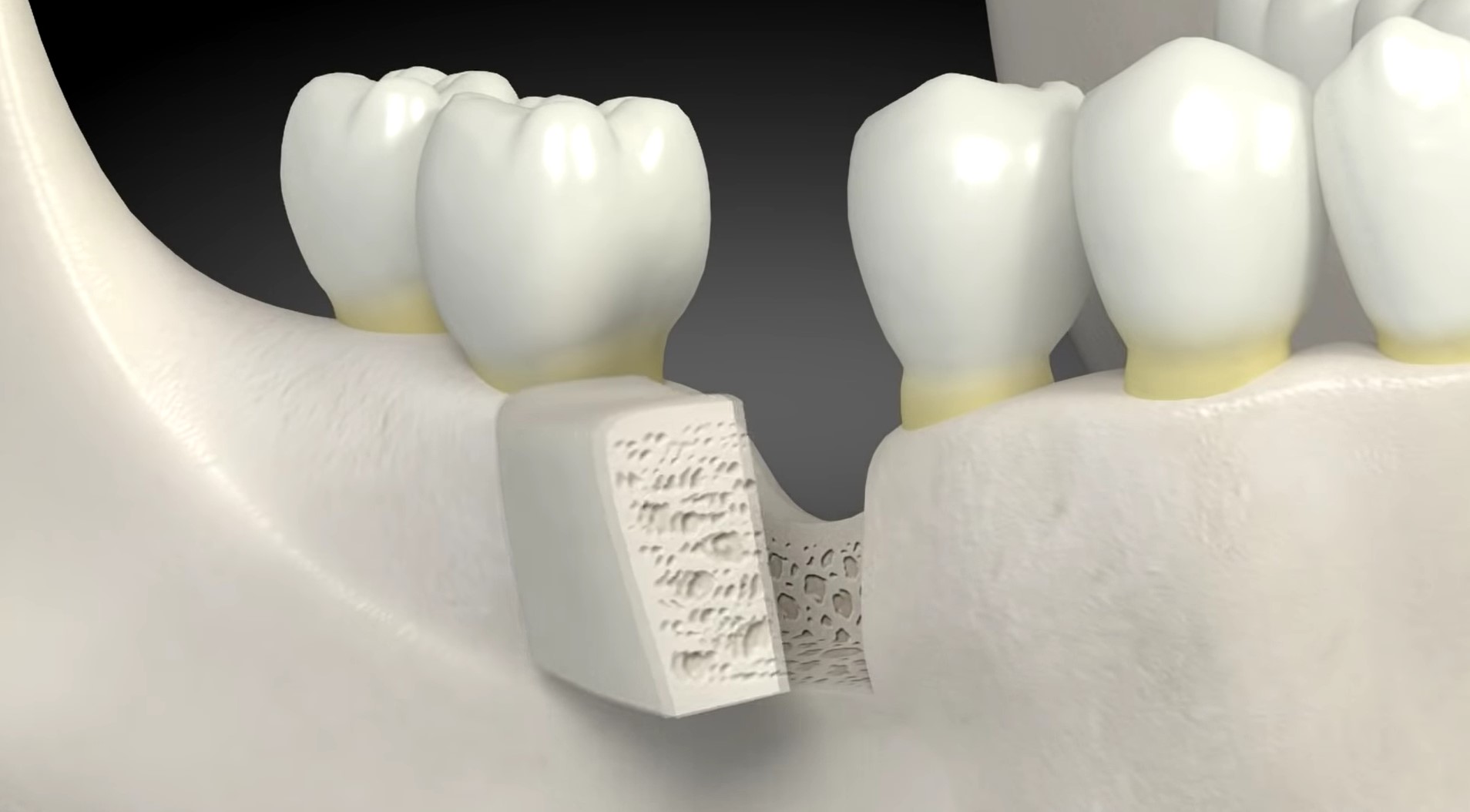

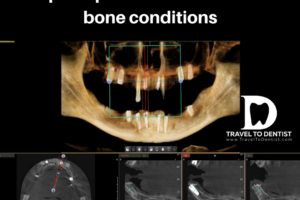
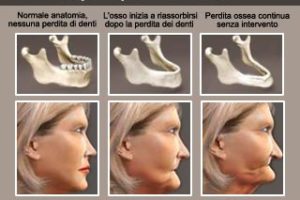
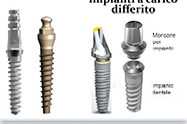
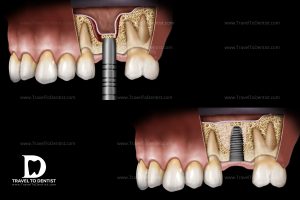





Spelling error report
The following text will be sent to our editors: